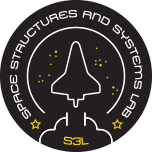Education
Educational activities include undergraduate and graduate courses and hands-on involvement of students in real space missions:
Nanosatellites
S3L developed the first Belgian nanosatellite, OUFTI-1, launched by the Soyuz rocket from Kourou on April 25, 2016. It is currently developing the OUFTI-NEXT nanosatellite, the mission of which is related to smart irrigation strategies of agricultural fields.
OUFTI-1 nanosatellite
The key objective of the project was to offer a unique hands-on experience to students through the design, implementation and operation of a real satellite. The project started in 2007 and culminated with the launch of OUFTI-1 in April 2016. The payload was a D-STAR repeater and high-efficiency solar cells. The communication with the nanosatellite was established only two hours after the launch; a Russian radio-amateur was the first to receive and decode OUFTI-1 signal. The satellite functioned during 12 days with nominal telemetry, then the contact was lost. One possible cause for the failure of OUFTI-1 is a solar flare that could have damaged the electronics.
Facts and figures:
- First Belgian nanosatellite.
- 1kg (mass), 1l (volume), 1W (power).
- 50 Master theses between 2008 and 2014 at ULiège and other engineering schools (ISIL and Gramme).
- Participating students were hired at NASA, ESA, Thales Alenia Space, QinetiQ, Spacebel, Centre Spatial de Liege.
- Launch vehicle: Soyuz from Kourou, French Guyana.
- Orbit: 683 x 437km, i=98 degrees.
- The satellite was heard throughout the globe (Australia, South Africa, South America, USA, Europe).
- Principal investigators: V. Broun, G. Kerschen, J. Verly.
- Project managers: A. Denis, X. Werner.
- Funding: ESA Fly Your Satellite, Belgian Science Policy.
- Industrial partners: Centre Spatial de Liege, Spacebel, Thales Alenia Space, Deltatec, V2i.
- Several awards: Walloon Medal for Merit (Chevalier du Mérite Wallon), "Liégeois de l'Année", awards for best Master theses.
OUFTI-1 (flight model and exploded view):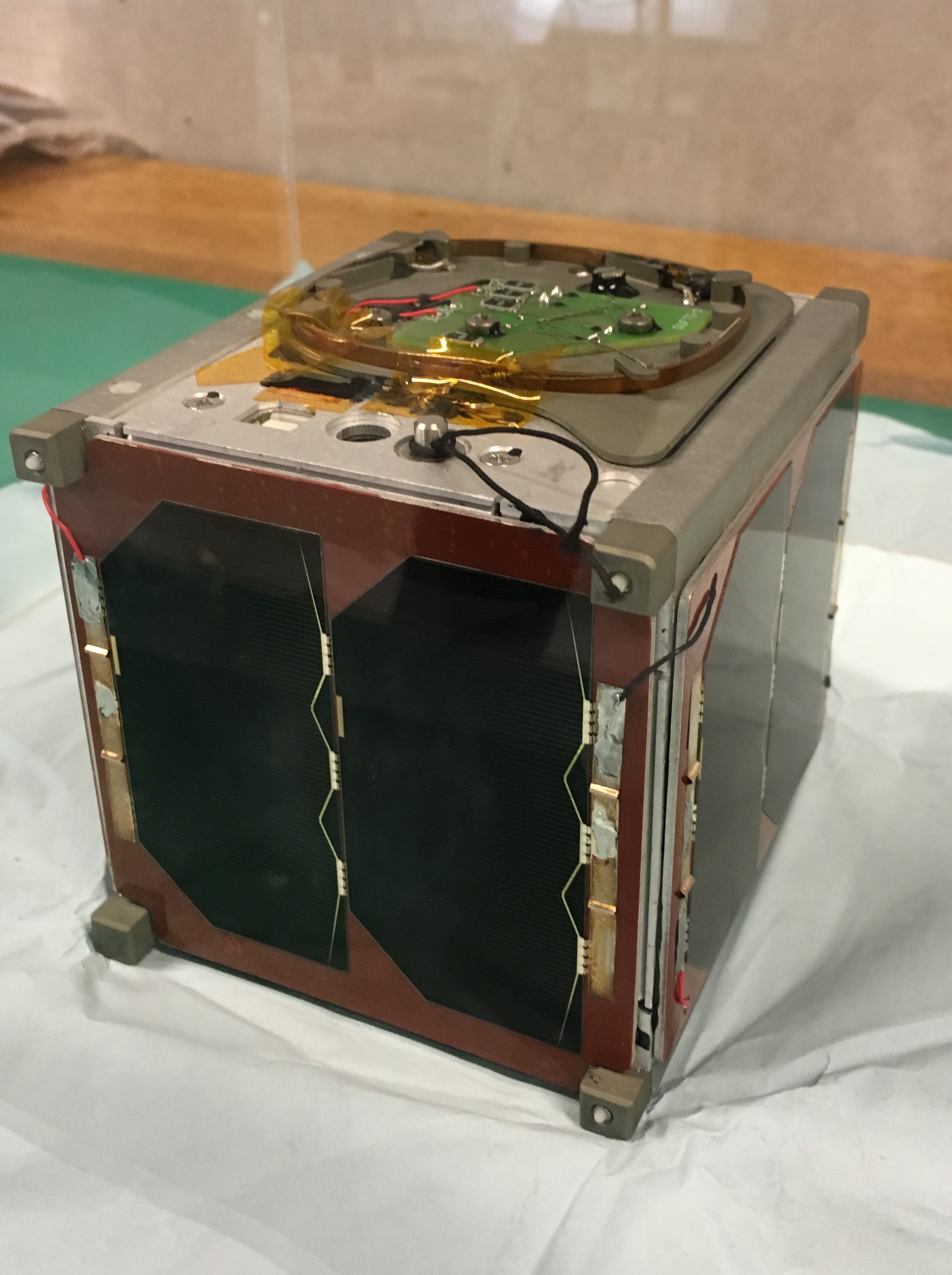
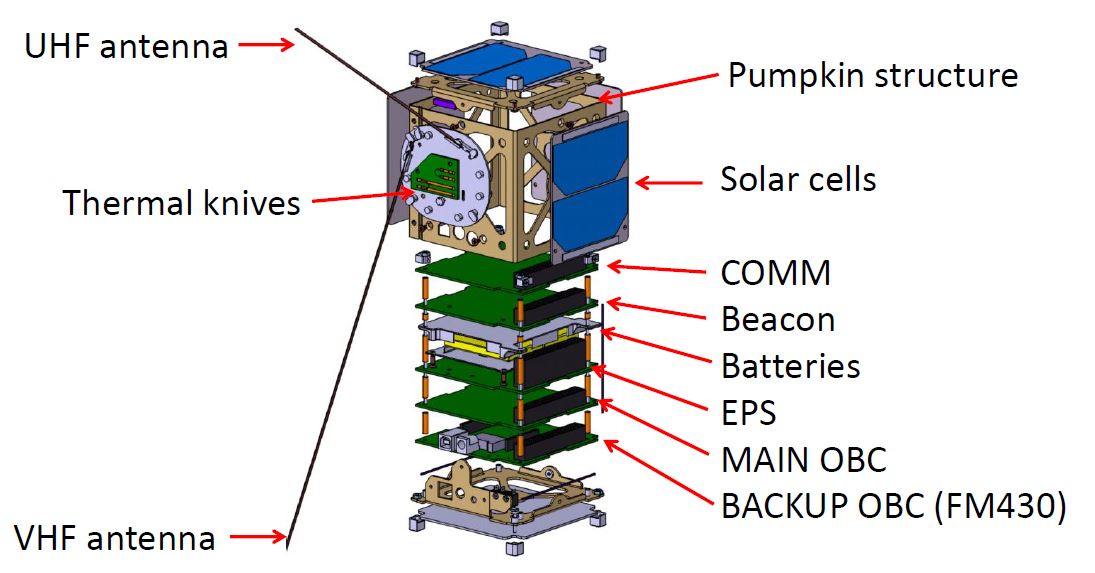
Tests of OUFTI-1 (telecommunication tests and thermal vacuum tests at ESA)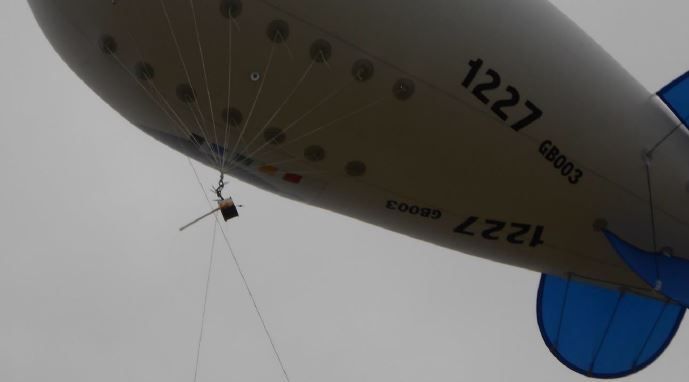
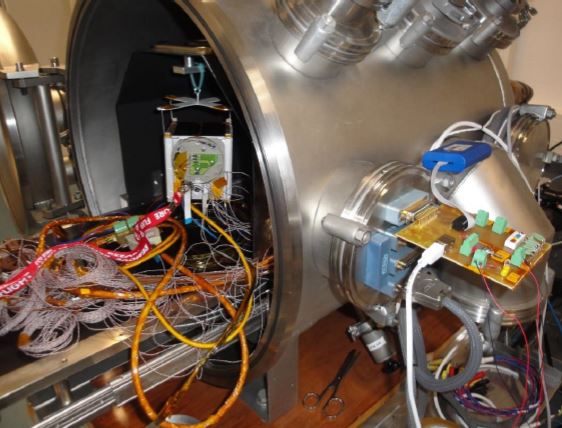
Integration of OUFTI-1 in the deployment system (at ESA, Noordwijk)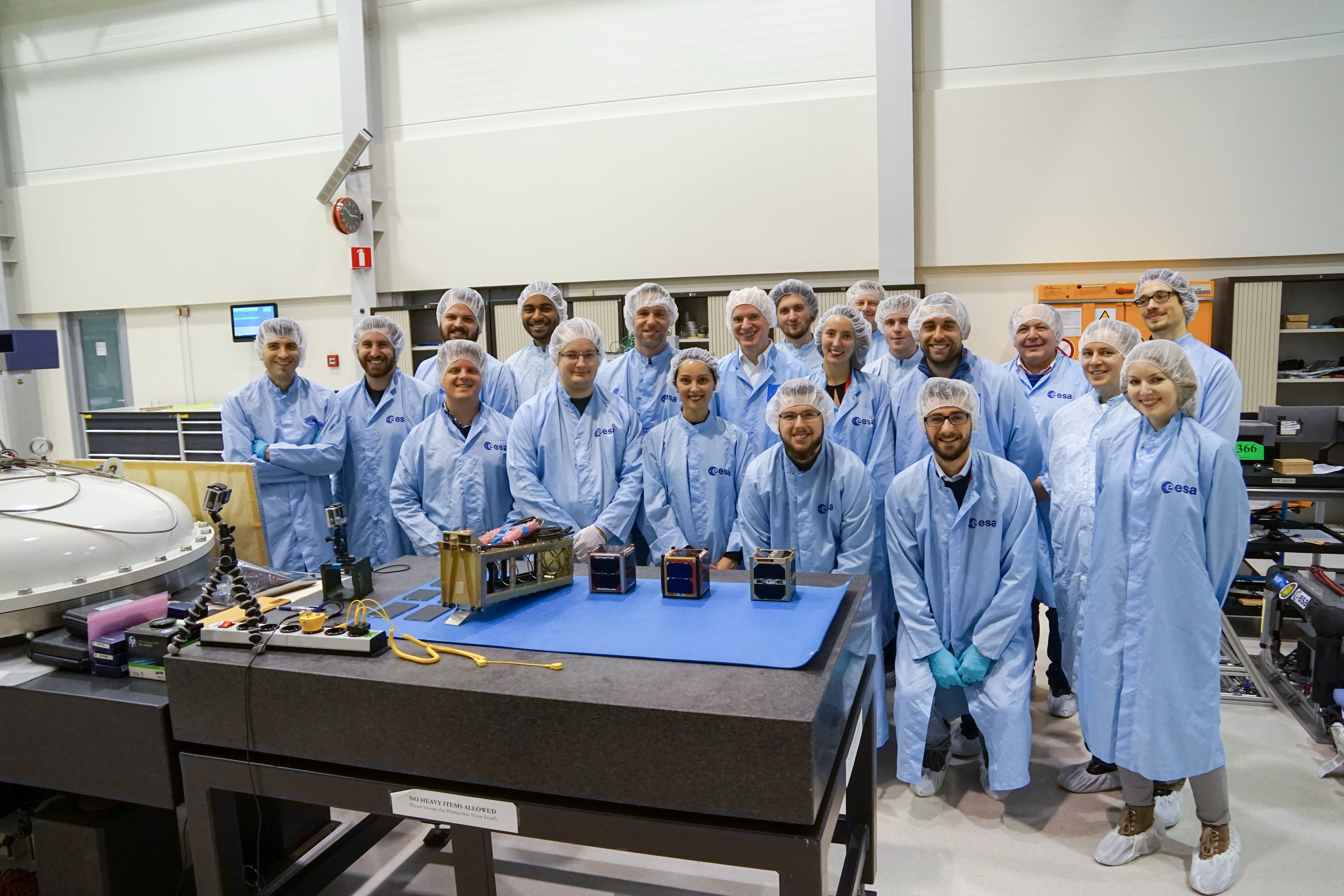
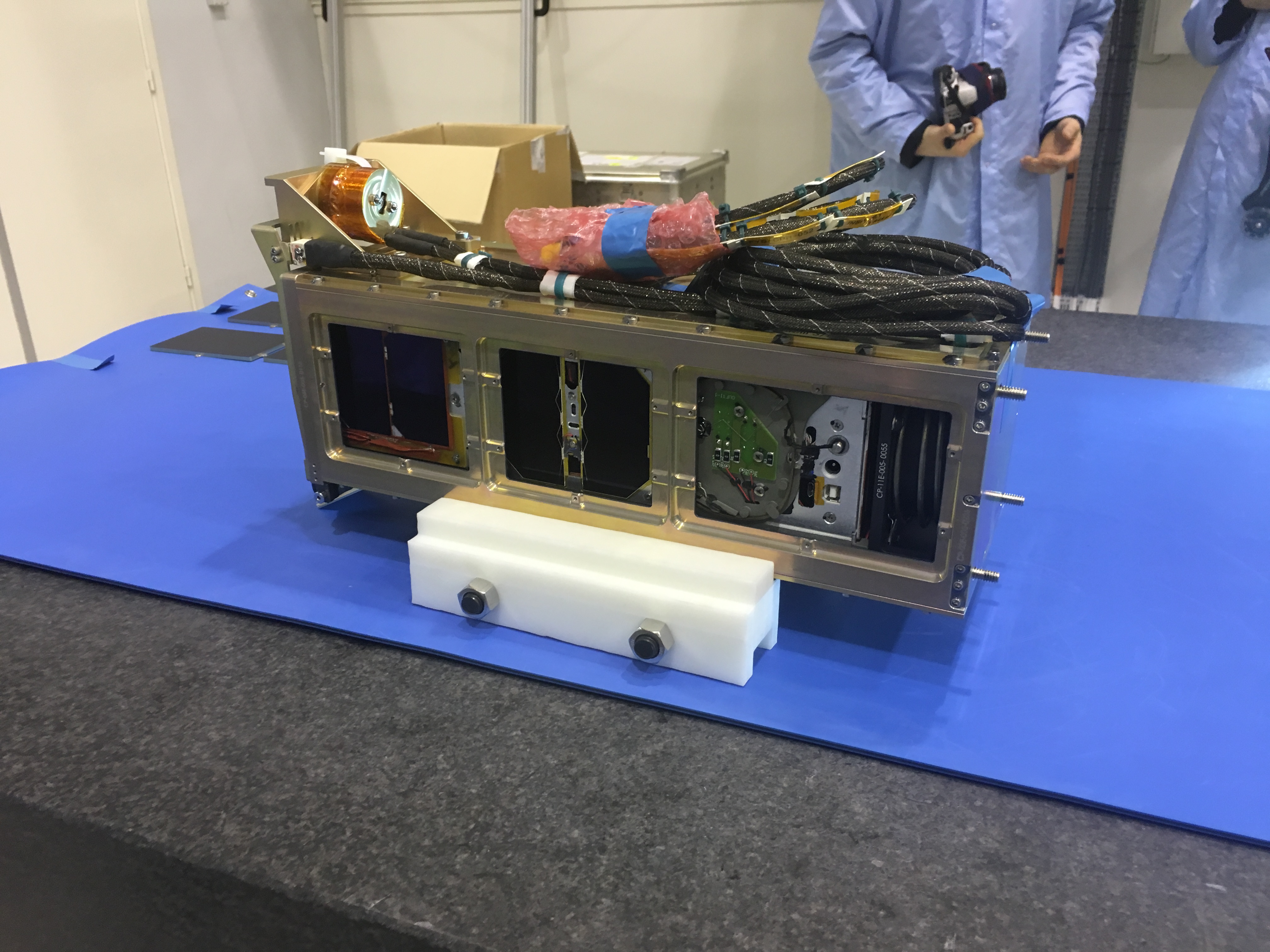
Right before launch in Kourou 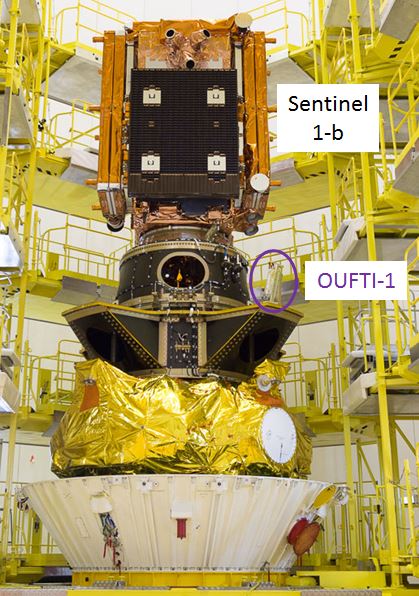
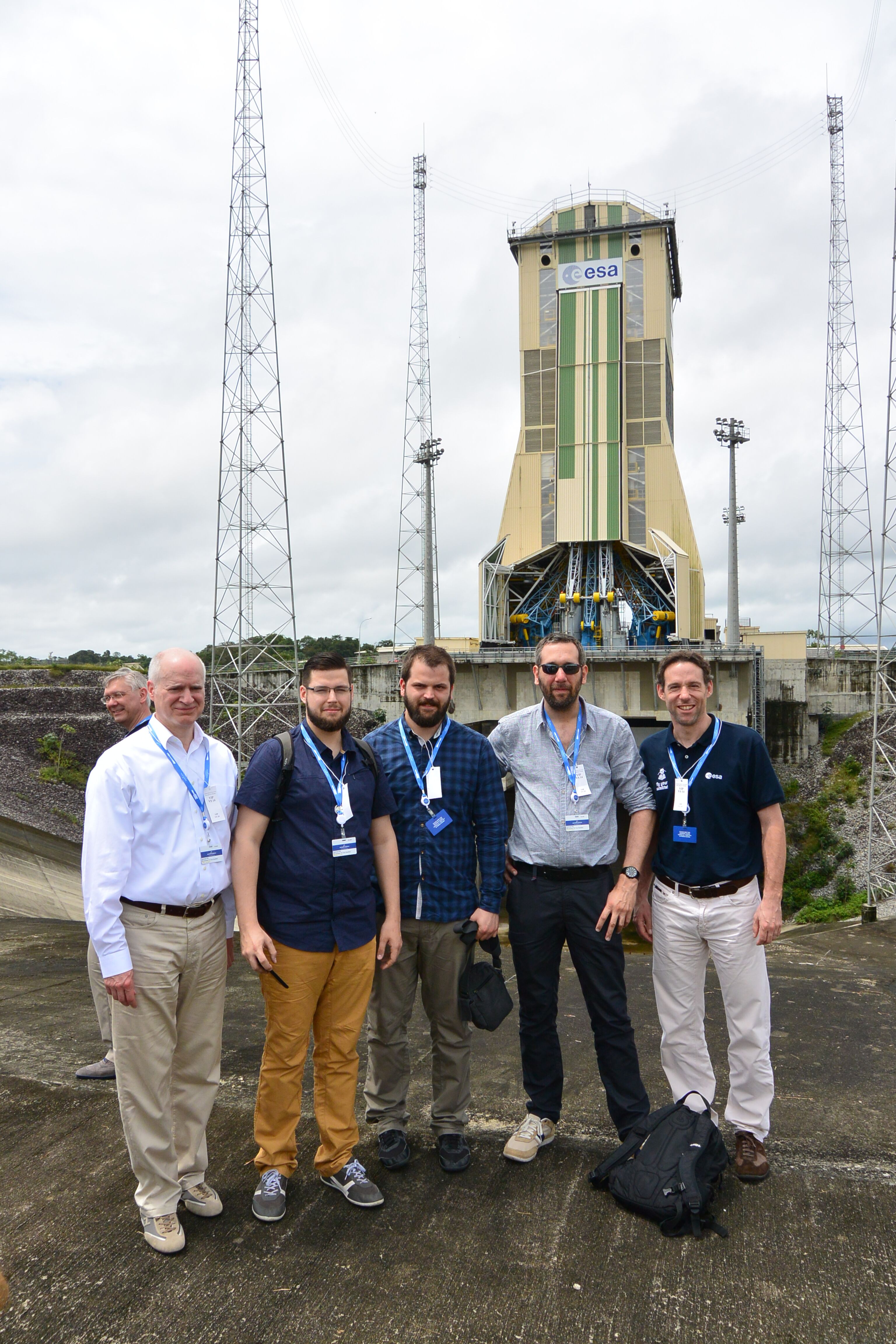
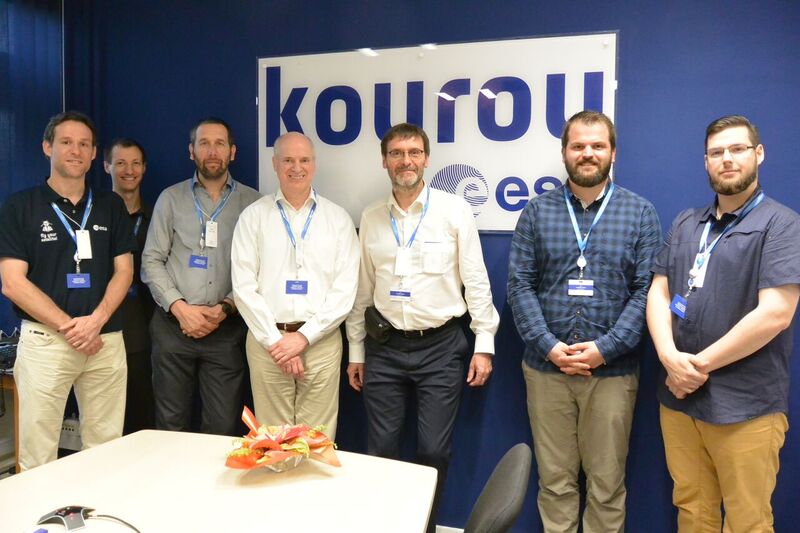
Launch of OUFTI-1 !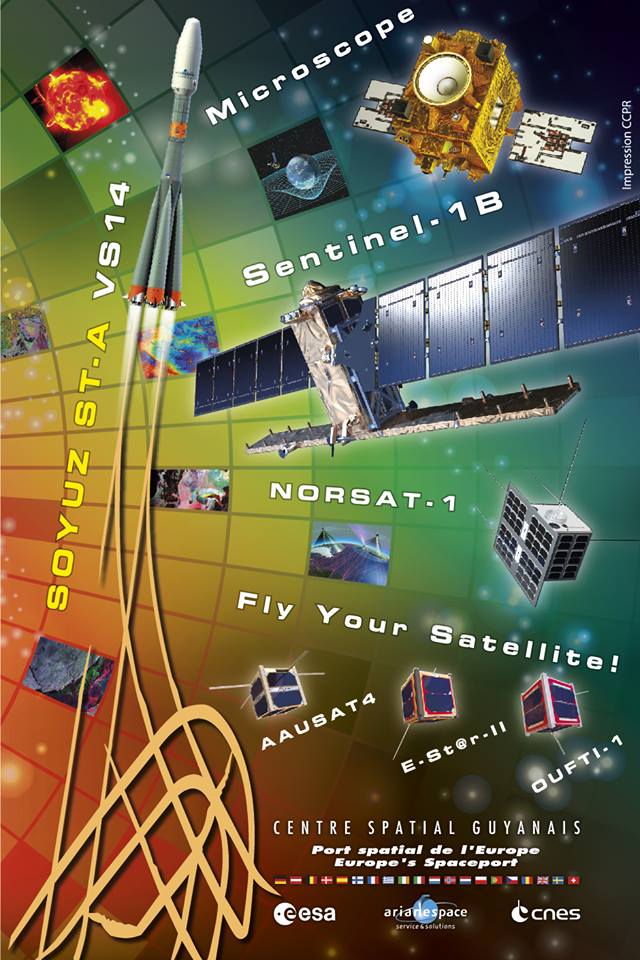
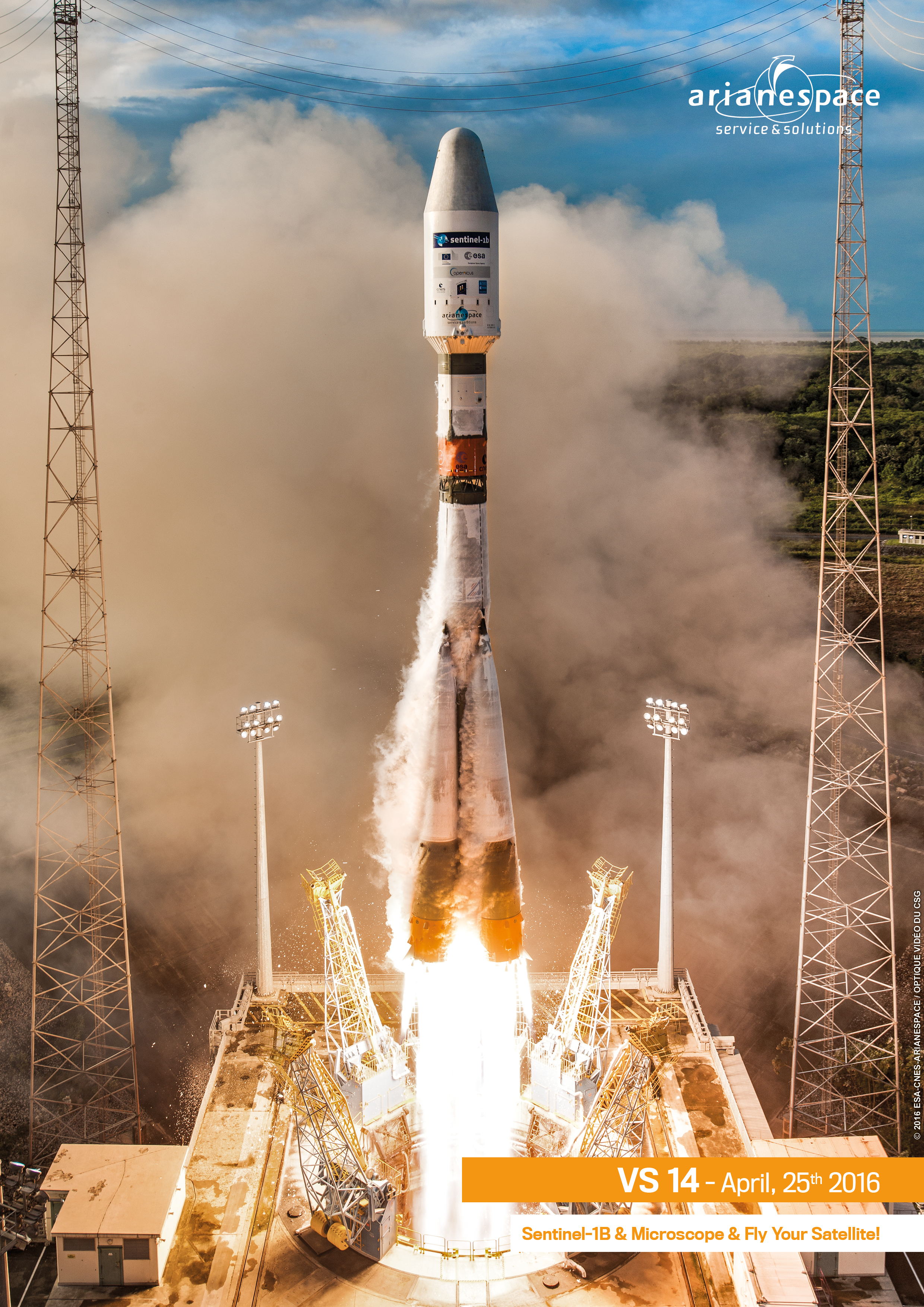
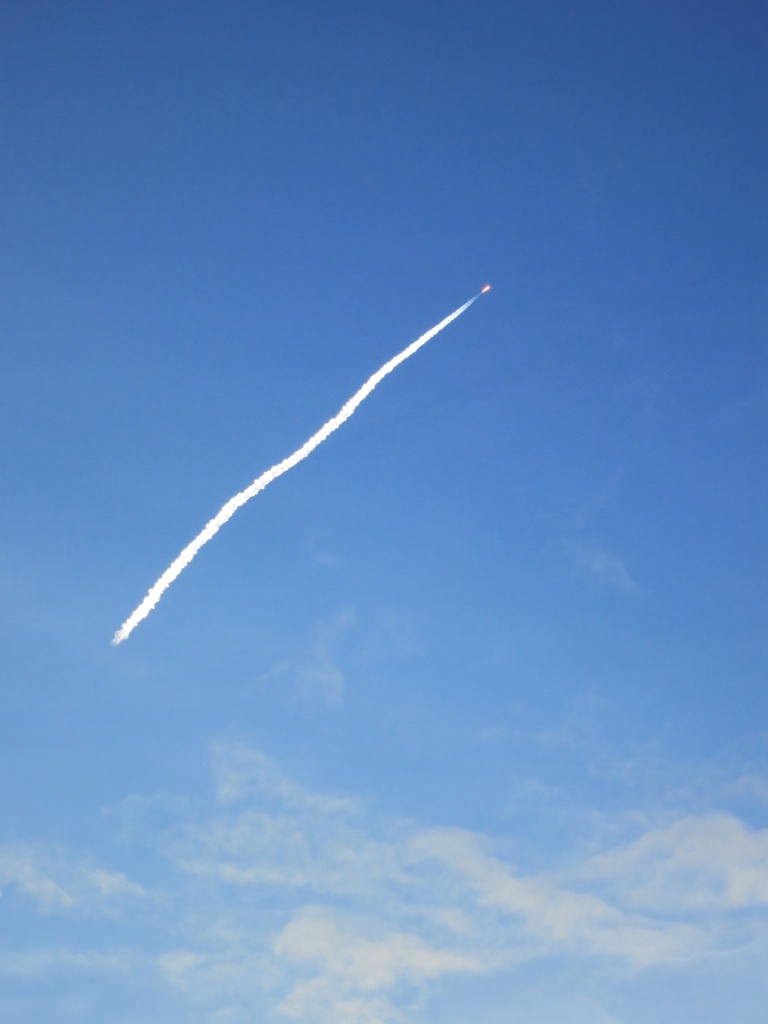
After launch: students receiving the first signal in ULiege's ground station and map showing the locations where OUFTI-1 was heard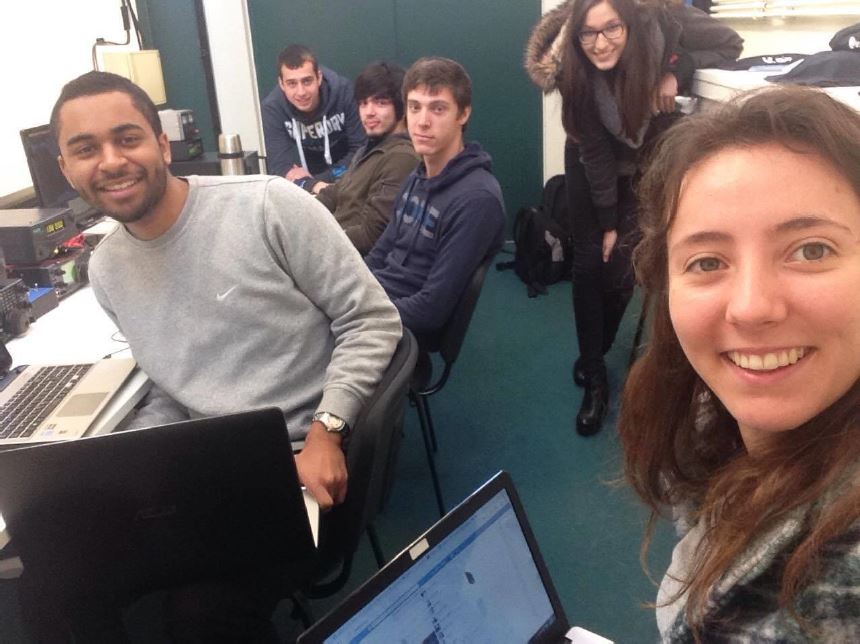
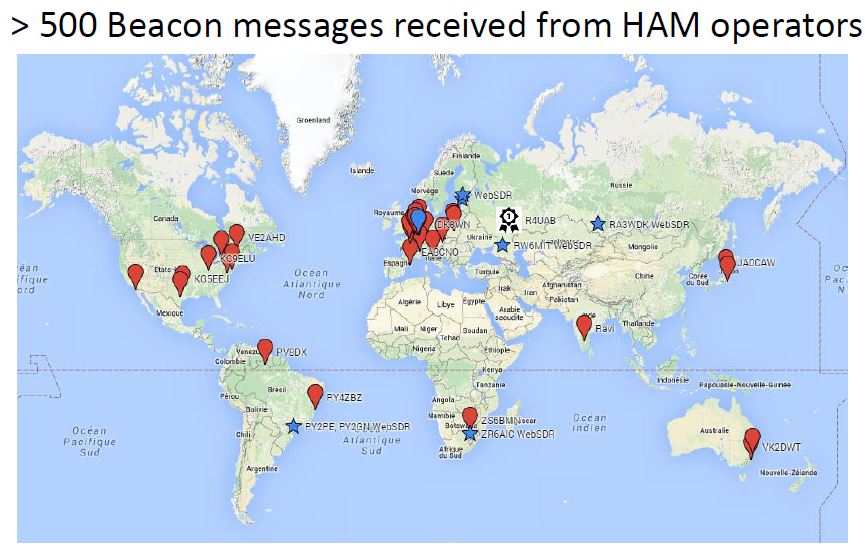
Course 1
Satellite engineering
This course is an introduction to spacecraft systems engineering. It presents the fundamental subsystems of a satellite, including propulsion, electrical power, structure, thermal control, attitude control and telecommunications, and analyzes the engineering trades necessary to integrate subsystems successfully into the satellite. Instructors from both academia and industry (e.g., European Space Agency, Thales Alenia Space, Spacebel, and Liege Space Center) deliver lectures in this course.
Optional textbook: P. Fortescue, J. Stark, G. Swinerd, Spacecraft Systems Engineering, 3rd edition, 2003. The book is on reserve at the Bibliothèque des Sciences et Techniques.
Exam: The final grade will be based upon written examination in January. The examination requires both a thorough knowledge and fundamental understanding of the material presented during the lectures. The exam will be closed book. The questionnaire will comprise 30 to 40 questions (including definitions, orders of magnitude, small exercises, equations/figures/tables to recognize and interpret). The exam in August will also be based upon written examination.
Lectures:
Satellite orbits
Space environment
Astronomical space observatories
Earth observation
Thermal control
Telecommunications
Attitude control
Spacecraft vibration
Electrical power systems
Propulsion
On-board software and computer
Nanosatellites
Spacecraft systems engineering
Course 2
Astrodynamics
Since 2025, the course benefits from a new collaboration with Spacebel, which facilitates the use of CNES’s orbital simulation and visualization software, Basiles NG. This advanced platform provides a robust propagation engine, comprehensive mission analysis features, and high-quality 3D visualisation. It will be formally introduced within the course project to support the study of realistic orbital scenarios. The integration of Basiles NG aims to reinforce the connection between theoretical principles and practical applications in astrodynamics.
Optional textbooks:
J.E. Prussing, B.A. Conway, Orbital Mechanics, Oxford University Press, 2003.
R.H. Battin, An Introduction to the Mathematics and Methods of Astrodynamics, AIAA Education Series, 1999.
These textbooks are not considered as course material, but they can help you acquire a better understanding of the concepts discussed during the lectures. They are on reserve in my office.
Exam: The final grade will be based upon the course project and the oral examination:
1. The objective of the project is the development of an orbital propagator in the Python environment. This propagator should provide a realistic approximation of spacecraft trajectories around the Earth. Eventually, the predictions of your propagator should be compared against the real trajectory of a satellite in low Earth orbit. The project will be carried out by groups of two students. Grading will be based on the results you will obtain and on your personal interpretation of these results.
2. The oral examination requires both a thorough knowledge and fundamental understanding of the material presented during the lectures. The exam will be closed book. The questionnaire will comprise approx. 10-15 questions.
Lectures and slides: see https://www.ecampus.uliege.be
Course 3
Nonlinear vibrations of aerospace structures
With continual interest in expanding the performance envelope of engineering systems, structural nonlinearities, which include friction, contact, nonlinear materials and large-displacement-related effects, are increasingly encountered in real-world applications. For instance, the vibration tests of two Airbus aircraft, namely the A400M and the A350XWB, revealed nonlinearities in engine mounts, hydraulic actuators, landing gears and in the auxiliary power unit.
This course covers the various aspects of the vibration engineering practice from the analysis of measured data to the simulation using a finite element model. Theoretical, numerical and experimental approaches are described to learn how to recognize, model and understand nonlinear behavior. Hands-on practice with the Nonlinear Identification to Design (NI2D) software serve to illustrate the new methods, concepts and tools. Two real aerospace applications, namely a F-16 aircraft and an Airbus Defence and Space satellite, are also studied thoroughly.
Exam: The final grade will be based upon a course project (100%). The objective of this project is to have you acquainted with state-of-the-art techniques in the area of nonlinear vibrations. To progress in this direction, you will study a nonlinear mechanical system possessing a few degrees of freedom, the nonlinearities of which will be unknown to you. You will carry out the complete process from measurements to design, i.e., the identification of the nonlinearities based on measured data, the upgrading of the linear model with the identified nonlinearities, the calculation of nonlinear modes and frequency responses and the optimization of the system's design. The different methods will have to be implemented in Matlab. If you do not successfully complete the project, you will have oral examination in August/September. The oral exam will be closed book. The questionnaire will comprise approx. 10-15 questions.
Lectures and slides: see https://www.ecampus.uliege.be
